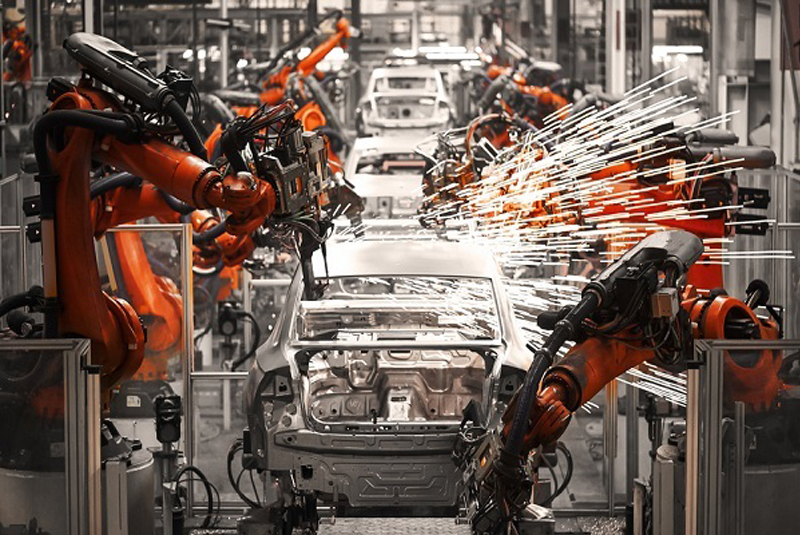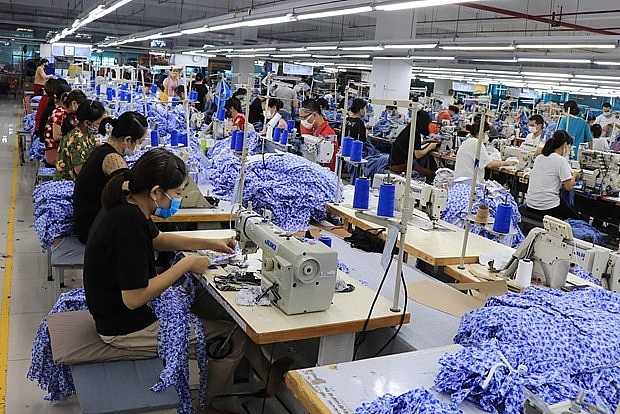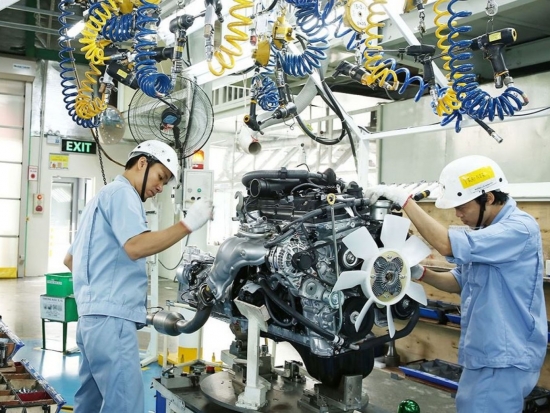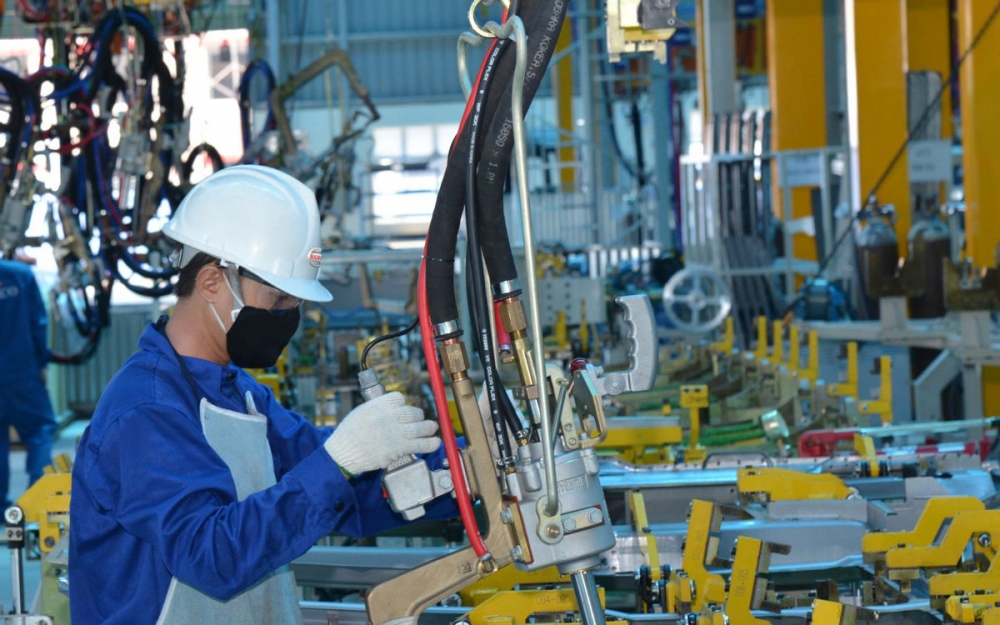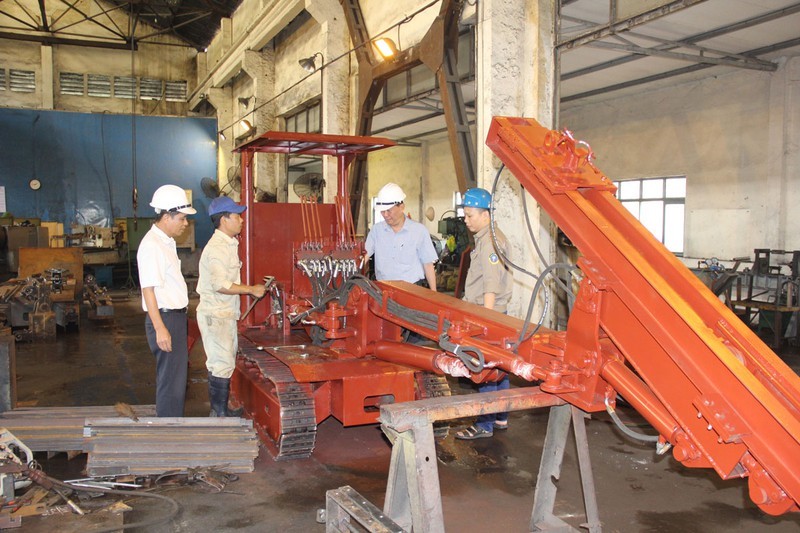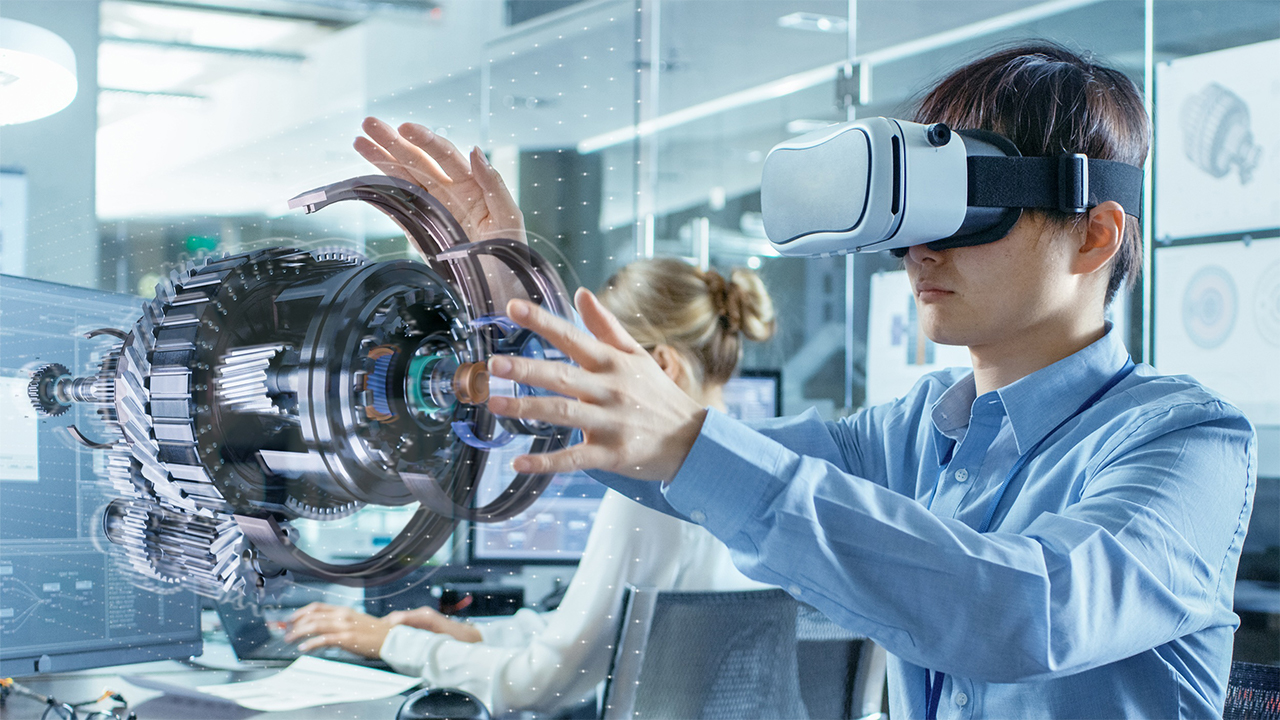AI Application Trends in Industrial Automation
11/01/2024The emergence of Artificial Intelligence (AI) as a significant catalyst in the advancement of automation within industrial production is noteworthy. Enterprises are increasingly expressing the necessity for enhanced efficiency, quality, and adaptability, thereby rendering the integration of AI into processes a critical move to satisfy these imperatives.
The demand and challenges of applying AI in industrial production automation
One of the primary needs of businesses is to enhance their forecasting and analytical capabilities in manufacturing. AI can analyze large amounts of data quickly and accurately, helping to predict errors and optimize production processes. This not only minimizes the risk of production errors but also improves product quality. Additionally, smart robots integrated with AI are capable of learning and adapting to the manufacturing environment, performing repetitive and dangerous tasks without the need for continuous human supervision, which enhances labor safety and reduces production time and costs.
However, the application of AI in automation also poses challenges such as: significant initial costs, which require investment in both hardware and software; training employees with new skills during the transition to a new production model; the large and critical data used and transferred through components of the automation system raises concerns about security and risk management of the communication network…
Nowadays, automation systems tend to integrate AI solutions to improve predictive abilities, adjust flexibly, and optimize the production process. Machine learning models and AI algorithms are applied to analyze big data, predict trends, and optimize the design of production processes, which helps to increase efficiency, reduce waste, and ensure product quality.
A notable trend is the development of intelligent collaborative robots. Robots are integrated with AI to adapt to the work environment, interact with workers, and even work alongside them. The combination of humans and robots in the production process results in high efficiency and safety, while also reducing repetitive and dangerous work for workers.
Another notable trend is the prevalence of machine learning systems and cloud-based artificial intelligence (cloud AI). Businesses can leverage cloud computing resources and storage capabilities to implement flexible and cost-effective AI solutions, opening doors for small and medium-sized enterprises to access and integrate AI without facing major infrastructure challenges.
Applying AI Trends in Manufacturing Automation
The use of machine learning models in industrial production processes is becoming a popular trend, offering numerous benefits in predicting errors and enhancing product quality. These models have the ability to learn from actual production data and optimize over time, making them a powerful tool in helping businesses solve challenges related to quality and production efficiency. By collecting and analyzing large amounts of data from the production process, machine learning models can help predict and detect potential errors in the manufacturing process before they become serious. This enables enterprises to implement repair measures or adjust processes in a timely manner, thus preventing the production of poor-quality products.
AI data analysis systems are vital in optimizing the manufacturing process. A typical application of machine learning models is quality control, based on predetermined quality criteria, which helps to eliminate substandard products and ensure that only high-quality products are sold in the market. This not only enhances brand reputation but also minimizes the risk of releasing problematic products. Machine learning models also help monitor and optimize process parameters to achieve optimal product quality. By continuously analyzing data, models can suggest automatic adjustments to factors such as temperature, pressure, and production speed to maintain or improve product quality. This not only reduces energy and material consumption but also increases the ability to mass-produce efficiently. AI data analysis systems will monitor usage amounts, cycle times, temperatures, wait times, errors, and downtime to optimize production activities.
Collaborative robot in the industrial production environment
Collaborative robots are a type of robot that can work alongside humans in the same workspace. They offer a range of advantages over traditional industrial robots, including increased flexibility, improved efficiency, and enhanced safety.
One of the most significant benefits of collaborative robots is their ability to work directly with people without requiring complex safety measures. This makes them highly flexible and adaptable to changes in the production process, allowing them to interact directly with workers and reducing setup time. Moreover, using collaborative robots can help improve occupational safety in manufacturing environments. By taking on repetitive, dangerous, or strenuous tasks, robots can reduce the risk of injury and protect workers’ health, ultimately leading to fewer work accidents and lower associated costs.
By integrating collaborative robots with artificial intelligence, they can learn from data and adjust their working strategies, optimizing the production process and reducing waste. This makes them a valuable addition to any manufacturing environment, as they can enhance efficiency, improve safety, and reduce costs in a variety of ways.
Supply Chain Optimization
Forecasting demand and managing inventory are crucial aspects of supply chain and production management. AI applications can accurately predict demand, optimize inventory management processes, minimize waste, and enhance the ability to respond quickly. Using machine learning models, AI analyses vast amounts of data from various sources, including sales history, market trends, special events, and market variables, to create accurate forecasts of future demand. This helps businesses plan production and manage inventory effectively, avoiding situations of shortage or excess.
At a higher level, AI automates the inventory management process. The system can predict the necessary inventory levels based on real-time data and fluctuating factors objectively. This not only reduces inventory costs but also helps optimize storage space and reduces the risk of owning too much inventory. Intelligent inventory management can also be linked to other systems such as production processes and delivery. The system makes automatic decisions about reordering, adjusting production schedules, and optimizing the supply chain. Automation enhances flexibility and reduces response time to market fluctuations, allowing businesses to adapt quickly.
In recent years, we have seen a rapid increase in the adoption of automation systems in all areas connected to e-commerce, especially logistics. Future warehouses will be increasingly automated and data-driven, while supply chains will become more flexible and capable of withstanding market fluctuations.
Optimizing the delivery process is achieved by using an intelligent warehouse management system and efficient transportation routing. AI applications help predict delivery demand, optimize transport routes, and track real-time shipping. This reduces shipping costs, enhances rapid response capabilities, and minimizes waiting time for customers. Together with an intelligent automatic storage system, we can use drones and robots to build an efficient warehouse management system. Drones and robots can automatically move goods through the air and on the ground from one area to another within the factory.
Smart inventory management combined with IoT (Internet of Things) solutions helps accurately track inventory levels and automatically alert when reordering is needed, preventing shortages or excess, optimizing storage space and reducing inventory costs. By applying IoT technology, the supply chain can be interconnected, and goods can be tracked from supplier to warehouse to delivery to customers.
AI application in actual industrial production
The global automotive industry is undergoing a transformation as companies shift their focus from traditional manufacturing to becoming advanced technology companies that engage in software development and create smart electric vehicles. Automation plays a crucial role in these smart factories, with AI-integrated robots performing complex and dangerous tasks that would be difficult for humans to handle.
Among automotive manufacturers, Tesla has set itself apart from competitors by utilizing AI in its manufacturing processes. At Tesla’s factory, many systems can operate autonomously, including material systems, manufacturing and operating systems, and ERP systems, all developed in-house. Each system is designed for quick configuration and customization while recording important data. Tesla has integrated high-level automated production processes, positioning itself as one of the top AI robot-using automobile manufacturers globally.
Other automobile manufacturers like BYD (China) and Vinfast (Vietnam) are also investing in AI robots integrated with smart collaboration features to perform assembly tasks and final finishing. This represents a comprehensive and profound transformation of the car industry.
VinFast has integrated 4.0 technology applications in its production process at its factories. This technology creates a synchronized connection between devices and the entire production line. Sensors, network connectivity, and cloud computing are combined to collect and manage data. The system includes enterprise resource planning (ERP), product lifecycle management (PLM), and production execution systems. These systems create a flexible and efficient information system that is not just a simple interface, but also a multi-dimensional data collection center. The product lifecycle management system tracks the production process and links all information from the design phase to maintenance and repair after sales. This creates a continuous data chain that provides an overview of the product from when it leaves the production line to when it interacts with the customer. The ERP and production execution systems, supported by two leading technology firms, Siemens and SAP, play a crucial role as the foundation for implementing 4.0 technology into production reality. The combination of these solutions enhances flexibility and optimizes production efficiency, creating a smart and advanced manufacturing environment.
Foxconn, a global technology conglomerate specializing in the research and production of electronic devices, has implemented AI technology in its manufacturing systems to improve efficiency and quality control. Specific applications of Foxconn in integrating AI into the production process include: (1) Defect Detection: by analyzing images and data from production lines, AI systems can identify subtle defects that human eyes might overlook. (2) Predictive Maintenance: for predictive maintenance, AI algorithms monitor data from sensors and other sources to identify potential issues before they cause breakdowns or other problems. (3) Automatic Inspection: using AI algorithms to analyze test results, Foxconn can quickly identify issues and ensure that only high-quality products are delivered to customers. (4) Production Process Optimization: through data analysis from sensors and other sources, AI systems can pinpoint areas where the production process can be improved, such as reducing cycle times or optimizing material usage.
The integration of AI has brought numerous benefits to Foxconn, including increased efficiency, reduced costs, and improved quality control. This has been exemplified by impressive results such as a 30% reduction in inspection time and a rise in defect detection accuracy to 99.99%. Overall, the adoption of AI technology has helped Foxconn maintain a competitive edge in the global electronics manufacturing industry while also staying committed to delivering high-quality products to customers.
AI is considered one of the essential components in building smarter and more efficient factories. The application of AI enables businesses to keep up with a highly competitive global market by providing quality control, complying with regulations, meeting delivery requirements, and managing life cycles. Integrating AI into manufacturing automation systems not only optimizes performance but also creates a flexible, safe working environment that can quickly respond to market fluctuations, thereby increasing efficiency and ensuring that businesses remain competitive in the era of Industry 4.0.
Source: dangcongsan.vn
Must Read
2023 PARTICIPANT LIST

[Seminar] INDUSTRIAL METROLOGY

MTA Vietnam 2022 Webinar

ADB is optimistic about Vietnam’s economy

MTA Vietnam 2021 x Bystronic Webinar

CONFERENCE SERIES

ONLINE BUSINESS MATCHING PROGRAMMES
You may be interested in


REPORT ON THE PRODUCTION AND BUSINESS TRENDS OF THE PROCESSING, MANUFACTURING INDUSTRIES IN THE FIRST QUARTER OF 2024 AND FORECAST FOR THE SECOND QUARTER OF 2024

Industrial production in the first two months of the year increased by 5.7% compared to the same period

Việt Nam có thể trở thành ‘con rồng AI’

Vietnam is ready to welcome the wave of investment in smart manufacturing chains.

Humanoid robot converses with OpenAI language AI

Boeing supplier greenlighted to build $20M plant in Vietnam
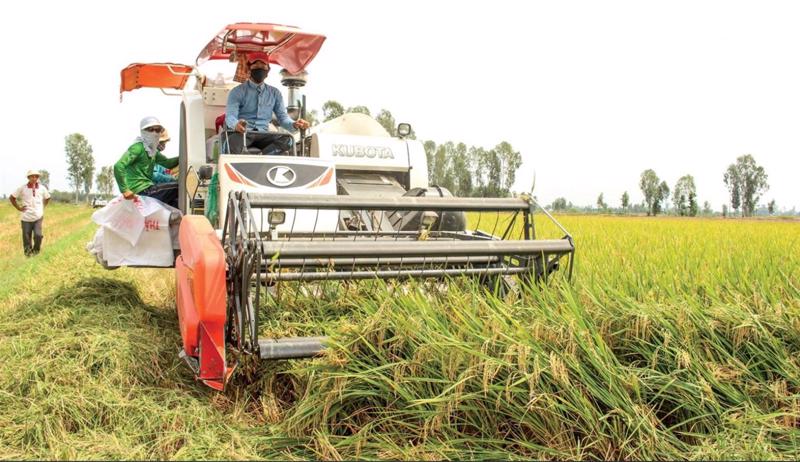
Vietnam is a potential market for companies engaged in the manufacturing of agricultural machinery and equipment

‘The Giant’ Goertek is expected to invest over 6,800 billion VND in Vietnam to expand production. Which locality will be chosen?



